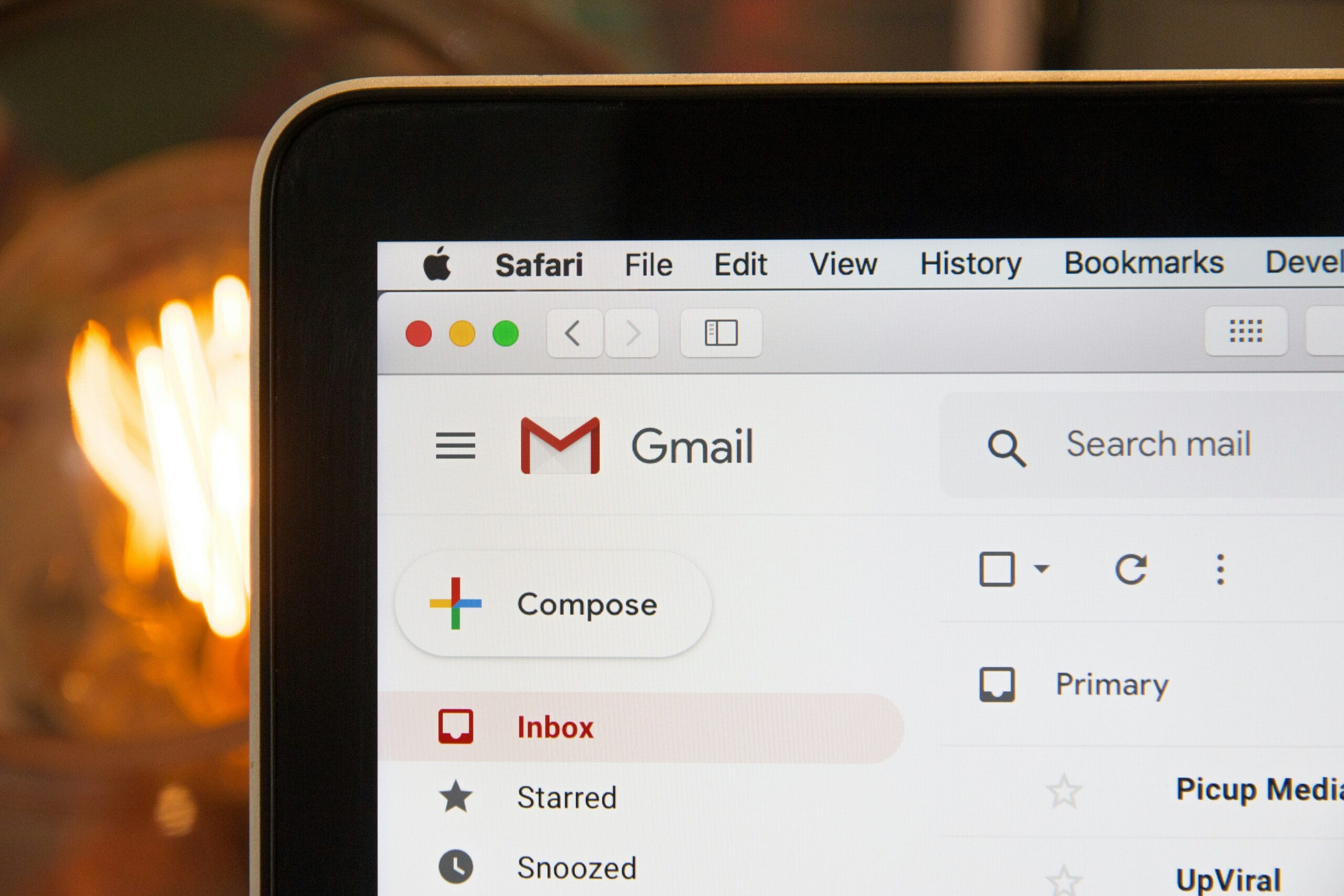Power Tip: Start a Weekly Email Newsletter

Why Your Small Business Needs a Weekly Email Newsletter
In today’s digital world, small businesses need to use effective communication to stay competitive. One of the best tools they have is a weekly email newsletter. This straightforward method not only builds brand awareness but also improves customer engagement and boosts sales. Studies show that for every dollar spent on email marketing, businesses can earn back an average of $42. This impressive figure highlights how newsletters can greatly help business growth.
One key benefit of having a weekly email newsletter is that it can boost brand visibility. By sending regular, targeted content, businesses can keep their brand fresh in the minds of their audience. This kind of exposure can build customer trust and loyalty. Readers start to see the newsletter as a useful resource. It’s viewed as more than just another ad. Many small businesses, like local cafés and shops, have successfully used email newsletters. They share special stories about their products. They give insights into their operations. This creates a closer bond with their customers.
Moreover, a weekly newsletter serves as a platform for fostering direct engagement with customers. By including calls-to-action, links to blog posts, or exclusive promotions, businesses can encourage subscribers to interact actively with their content. This interaction not only boosts website traffic but also provides valuable feedback that can inform future marketing strategies. For example, an artisanal bakery may use its newsletter to invite customers to submit their favorite recipes. This approach drives user-generated content and fosters community involvement.
Sending a weekly email newsletter is a smart choice for any small business. It helps boost brand awareness, engage customers, and increase sales. As marketing changes, newsletters will remain a key way to communicate. They provide a simple yet effective method to connect with audiences. This helps grow businesses.

How to Build Your Email Newsletter
Creating an effective weekly email newsletter is an essential component of any small business’s marketing strategy. The first step in building your newsletter is selecting the right email marketing platform. Platforms like Mailchimp, Constant Contact, and Sendinblue provide user-friendly interfaces. They offer effective analytics, and they have customizable templates. These features help you streamline the email creation process. When choosing a platform, consider your budget, ease of use, and the features that align with your business goals.
Once you have chosen a platform, the next step is designing your newsletter. An aesthetically pleasing and coherent design helps capture your audience’s attention. Aim for a clean layout that includes your logo, a color scheme that matches your branding, and high-quality images. Utilize headings and bullet points to break up text, making it easier for readers to scan through the content. Additionally, ensure that your newsletter is mobile-friendly, as a significant portion of users access emails on their smartphones. A well-structured design plays a critical role in maintaining subscriber engagement.
Crafting compelling content is vital for the success of your newsletter. Start by identifying your target audience and what interests them. Then tailor your content to provide value, whether through informative articles, promotions, or updates about your business. Use engaging subject lines to entice readers to open your emails, and consider storytelling techniques to make your content relatable. However, avoid common mistakes. Sending too many emails can lead to subscriber fatigue. Failing to include a clear call-to-action (CTA) will not guide readers on what to do next.
Your final resource for building an effective newsletter can be found in online tutorials and templates. Websites such as Canva and HubSpot offer numerous guides to assist in designing visually appealing newsletters.
Growing and Cleaning Your Email Subscriber List
Building a robust email subscriber list is fundamental for any small business aiming to enhance its communication and marketing strategies. One effective method to attract new subscribers is to offer incentives. Consider providing exclusive content such as e-books, discounts, or special promotions in exchange for a user’s email address. This not only encourages sign-ups. It also establishes a reciprocal relationship with your audience. This relationship makes them more likely to engage with your emails in the future.
Utilizing social media platforms to promote your newsletter is another strategic approach. Share snippets of your newsletter content or testimonials from satisfied readers on channels like Facebook, Twitter, and Instagram. This not only increases visibility but also drives traffic to your subscription page. Collaborating with influencers can further amplify your reach, allowing you to connect with a broader audience interested in your offerings.
While gaining subscribers is essential, maintaining a clean email list is equally important for achieving better deliverability and engagement rates. Regularly remove inactive subscribers. Also, remove those who have not engaged with your emails over a specified period. This can drastically improve your overall open and click-through rates. Create a schedule to review your email list. Doing this quarterly can help identify those who should be removed or re-engaged.
There are various tools available that can streamline this process. Software such as Mailchimp, Constant Contact, and HubSpot offer functionalities for effectively managing subscribers. They allow you to segment your list, automate removals, and track engagement metrics efficiently. Prioritize the growth of your email subscriber list. Also, ensure its cleanliness. By doing so, you can create a vibrant and responsive audience for your weekly newsletter.
Real-life Examples of Successful Email Newsletters
As small businesses seek to engage their audience, they look for ways to drive customer loyalty. Many have found remarkable success through well-crafted weekly email newsletters. One example is Shopify. It’s a leading e-commerce platform that utilizes its newsletter to provide valuable insights and tips for sellers. Their weekly publication includes industry trends, product updates, and success stories from users, creating a sense of community among entrepreneurs. This tailored content not only showcases their expertise but also encourages ongoing interactions with their platform.
In the realm of retail, Warby Parker stands out with its engaging and visually appealing newsletters. They have successfully embraced storytelling by featuring customer experiences. They provide eyewear fashion tips. This makes their emails feel more personal rather than a mere sales pitch. They strategically use eye-catching visuals and concise text. This approach has significantly boosted customer engagement and demonstrates the power of well-designed email communication.
Within the food and beverage sector, Blue Apron has effectively utilized its email newsletters to foster a loyal customer base. Their weekly updates outline new recipe offerings, seasonal ingredients, and cooking tips while incorporating customer reviews. They showcase user-generated content and personalized meal recommendations. This approach not only enhances customer experience but also strengthens their brand’s identity in the competitive meal kit industry.
Small businesses across various industries can leverage email newsletters. They use them to connect with their audience. By tailoring content to align with subscriber interests, they can enhance customer loyalty. This strategy also drives business growth. As more businesses explore the potential of email marketing, they can learn from these successful examples. Doing so provides valuable insights for crafting effective newsletters.
Subscribe and follow. georgefeola.io

